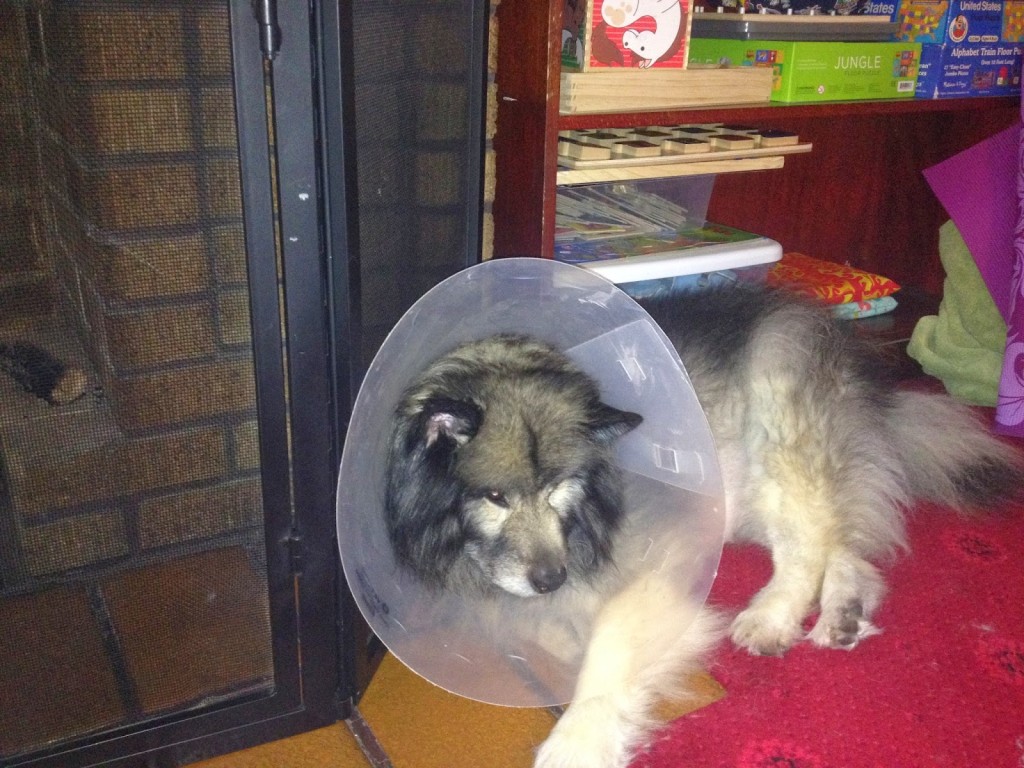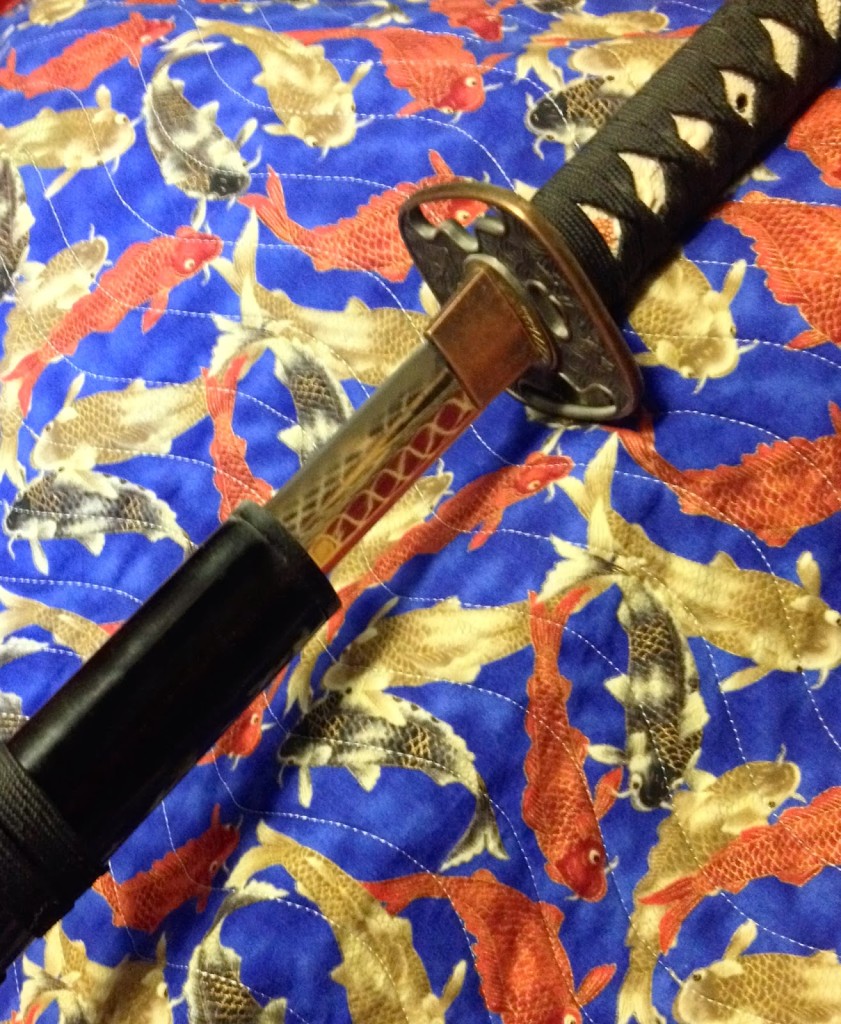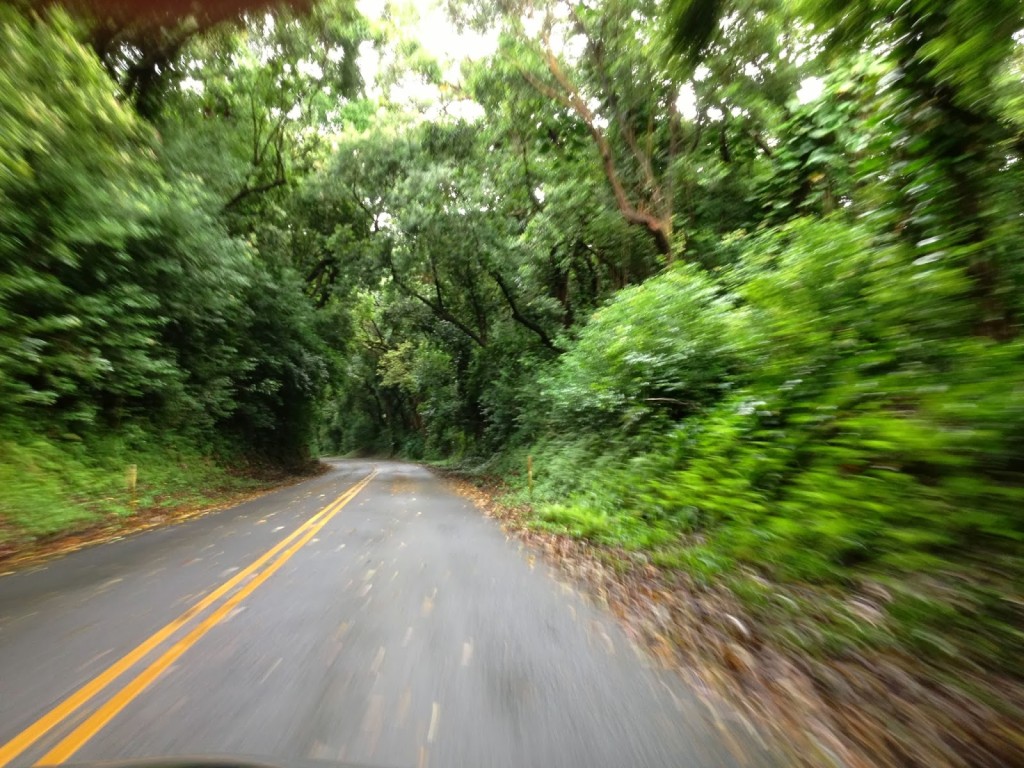 |
| 2014 Waynesboro Veterinary Emergency Services |
My poor dog had to have emergency surgery to remove four hair ties, a big wad of hair and the remnants of a plastic jar lid. See the above photo for the evidence of his indiscriminate eating. I’m am sure that eating these things seemed like a good idea at the time.
Impulsive behavior has created some spectacular complications in my life, think emergency room visits, raised eyebrows, and yellow cards at parties. I am very fortunate to have an understanding partner, but many times I have given her cause to question my sanity, and her own.
Just moved into a house? Still unpacking boxes? This old stove doesn’t work, I’m just going to rip it out right now, and build a cabinet in that space. Wife due any day with twins? This hallway needs to be painted. House guest? No time like the present to strip the bathroom wallpaper. Waiting for a date, talking with her mother, see a mouse running across the floor, why not jump off the couch and catch it your BARE hands? All these stories are true.
How do I deal with my impulsiveness? Let just say that I’m much better than I used to be at controlling impulses, but I still struggle. I also promised my partner not to start any home improvement projects without talking to her BEFORE I start. The twins slow me down a bit, however, they dislike wallpaper as much as I do and have started their own projects!
My impulses are not limited to home improvement projects and catching critters. Often I am gripped by impulses to start new writing projects in the middle of current writing projects. My spiral notebook helps, giving me a place to write down my ideas for new projects. I also use word counts and timers to deal with my impulses to begin new writing projects.
I treat starting new projects as a reward. If I meet my word count for the day on the current project, then I am allowed to start the other project. The other strategy that I employ is the use of timers. I let myself write for a specific time on the new project before I go back to the one in progress. This works well for me. It might work for you. If you struggle with impulsiveness what do you use? Please share!
 |
| Izzy recovering |









